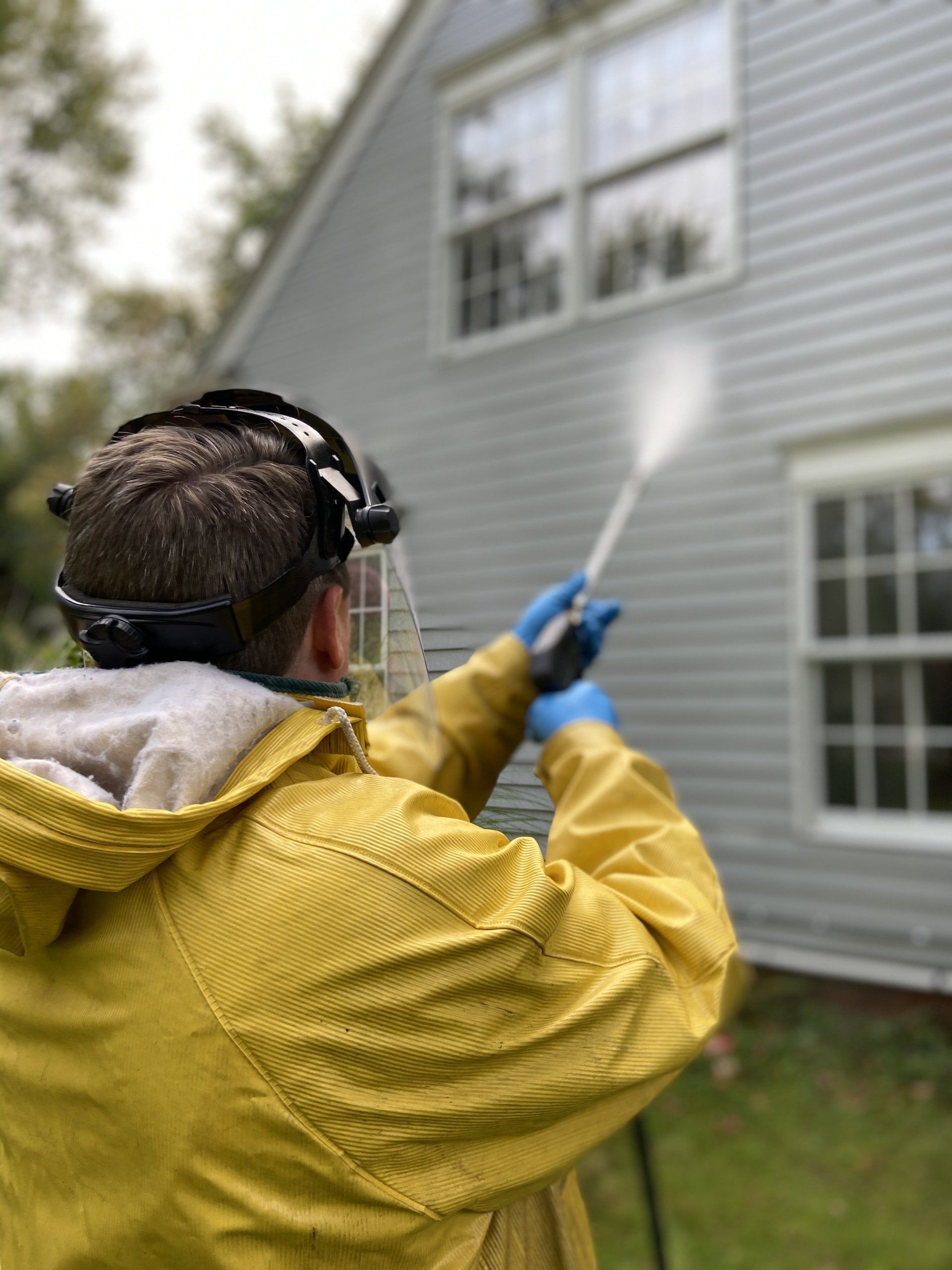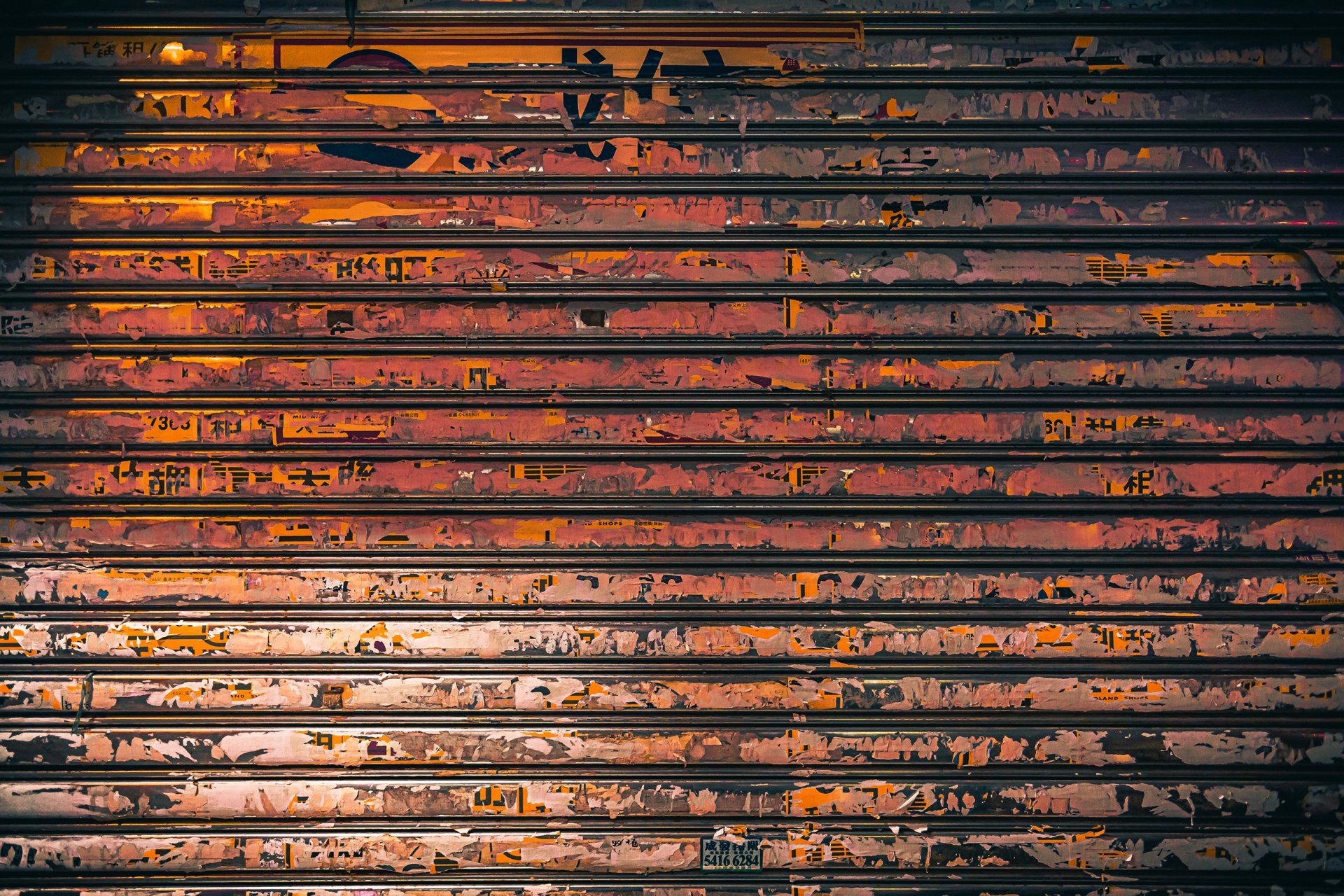The Ultimate Guide to Selecting the Perfect Abrasive for Your Media Blasting Project
Selecting the ideal abrasive for your media blasting venture is crucial for achieving optimal results. From sand to glass beads, the options are vast and each lends itself to different types of projects. Understanding the intricacies of abrasives, their hardness, shape, and size, will enable you to make an informed decision that aligns with your project goals. In this comprehensive guide, we will delve into the key factors to consider when choosing the right abrasive for your media blasting project, providing clarity and expert advice to ensure your project's success.
Understanding Media Blasting
Basics of Media Blasting
Media blasting, also known as abrasive blasting or sandblasting, is a process that involves propelling abrasive particles against a surface to clean, strip, or prepare it for coating. This technique can be used on different materials including metals, wood, concrete, and glass. The key to effective media blasting lies in the selection of the right abrasive material for the job. Abrasives can vary in hardness, size, and density, each impacting the surface in unique ways. Media blasting is a versatile process, adaptable for a range of applications from removing rust and paint to etching designs into glass. When done correctly, media blasting is a powerful tool for surface preparation, providing a clean, profiled surface that promotes the adhesion of coatings and other treatments.
Importance of Choosing the Right Abrasive
The selection of the appropriate abrasive is a critical step in media blasting that directly affects the efficiency, outcome, and cost of a project. Different surfaces and jobs require specific abrasives to achieve the desired finish. A harder abrasive may quickly strip coatings but also risks damaging the substrate if not used correctly. Conversely, a softer abrasive might be safer for delicate surfaces but may require more time to achieve the same level of cleanliness. Furthermore, the choice of abrasive impacts the safety of the operator and the environment, as some materials create more dust or have toxic properties. Therefore, understanding the properties of each abrasive and matching them to the needs of the project is essential for a successful and responsible media blasting operation.
Different Types of Abrasives
Commonly Used Abrasives
Among the vast array of abrasives available for media blasting, some are more commonly used due to their versatility and cost-effectiveness. Aluminum oxide is a popular choice for its hardness and durability, making it suitable for a wide range of projects, including the removal of tough coatings. Glass beads, another frequently selected abrasive, provide a gentler approach that is ideal for cleaning without altering the surface profile significantly. For more environmentally friendly options, recycled glass and plastic media are becoming increasingly popular. These materials are less aggressive and often used for softer surfaces or when minimal substrate damage is desired. Steel shot and grit are typically reserved for heavy-duty jobs, like removing thick layers of paint from metal surfaces. Selecting from these common abrasives requires a balance between their cleaning capabilities and the level of aggressiveness appropriate for the task at hand.
Specialty Abrasives
Specialty abrasives are designed for specific applications where standard abrasives may not be the best fit. For example, silicon carbide is a hard abrasive that is ideal for etching or carving intricate designs into stone or glass. Walnut shells are a softer, biodegradable option commonly used for cleaning engines and delicate surfaces where minimal abrasiveness is desired. Corn cob media is another environmentally friendly choice that is effective for wood polishing and removing smoke damage without damaging the substrate. Garnet is a natural abrasive known for its low dust emissions and suitability for precision waterjet cutting operations. These specialty materials are often chosen for their unique properties that cater to specialized project requirements, ensuring that the right level of care and effectiveness is applied to sensitive or unique blasting situations.
Factors to Consider When Choosing an Abrasive
Coating Removal and Surface Preparation
When selecting an abrasive for media blasting, the nature of the coating to be removed and the desired state of the surface afterward are paramount. For tough coatings like epoxies or heavy rust, a more aggressive abrasive such as steel grit may be necessary to strip the surface effectively. However, if the goal is to prepare a surface for a new coating, a medium like aluminum oxide could provide the right balance of cleaning and profiling without causing excessive damage. The key is to achieve a surface that allows new coatings to adhere properly without introducing contaminants or creating an uneven profile. For delicate operations, such as preparing a surface for repainting or refinishing, a gentler abrasive like glass beads might be more appropriate to avoid pitting or warping the material. Always consider the final surface requirements when choosing an abrasive for your project.
Health and Environmental Considerations
Health and environmental safety are critical factors when choosing an abrasive for media blasting. Some abrasives, while effective, can pose health risks through inhalation of fine particles or contain harmful substances. For instance, silica sand, once a standard in blasting, is now widely avoided due to the risk of silicosis, a serious lung disease. Alternatives like crushed glass or walnut shells are safer for operators and produce less hazardous waste. Environmental regulations may also dictate the type of abrasive permissible for use, especially in outdoor settings. It's essential to opt for materials that are non-toxic and can be disposed of safely, reducing the environmental footprint of the blasting operation. Additionally, using recyclable or biodegradable abrasives can help comply with environmental standards and demonstrate a commitment to sustainable practices, which is increasingly important to clients and communities alike.
Budget Constraints and Availability
Budget considerations play an essential role in selecting an abrasive for media blasting. While the cost-effectiveness of an abrasive is important, it's also crucial to factor in the overall value it brings to a project. Inexpensive abrasives may seem appealing, but their lower efficiency or the need for multiple applications can increase labor costs and overall project time. Conversely, more expensive abrasives might offer a higher rate of material removal and fewer passes, leading to reduced labor costs and faster project completion. Availability is another consideration; locally sourced abrasives can significantly reduce shipping costs and support local businesses. It's also wise to consider the reusability of an abrasive—materials that can be recycled and used multiple times provide long-term savings. Ultimately, balancing upfront costs with long-term benefits will lead to a more informed and cost-effective abrasive selection.
Recommended Abrasives for Various Applications
Abrasives for Low-Impact Media Blasting
For low-impact media blasting, which is often required for delicate surfaces or when minimal substrate alteration is desired, certain abrasives stand out. Glass beads are a prime example; they gently clean the surface while imparting a satin or matte finish. Similarly, plastic media is suitable for tasks like removing paint from fiberglass without causing damage. Walnut shells and corn cob grit are organic options that are both effective and gentle, ideal for cleaning surfaces like wood without etching or stripping away material. Baking soda is another abrasive that is not only non-destructive but also water-soluble, making cleanup easier. When working on projects that require precision and a gentle touch, these abrasives are recommended for their ability to deliver a clean surface without the risk of compromising the integrity of the workpiece.
High-Performance Abrasives for Heavy-Duty Tasks
For heavy-duty media blasting tasks, such as removing thick coatings, rust, or corrosion from hard metals, high-performance abrasives are essential. Steel grit is a robust choice for aggressive cleaning and fast stripping. It is also recyclable, making it cost-effective for projects requiring repeated blasts. Aluminum oxide is another high-performance abrasive, known for its longevity and hardness. It can tackle a variety of tough jobs, from shaping parts to cleaning engine components. When cutting through hard materials or surfaces with years of accumulated coatings, silicon carbide stands out for its sharpness and durability. Despite their higher initial cost, these high-performance abrasives may ultimately lead to reduced labor time and better results, justifying the investment for demanding media blasting projects.
Eco-friendly Abrasives for Sustainable Practices
Sustainable practices in media blasting are becoming increasingly important, and selecting eco-friendly abrasives is a crucial component of this movement. Recycled glass media, made from crushed post-consumer glass, is a popular choice for its low environmental impact and versatility across various applications. It is amorphous, which reduces the risk of silicosis, and it is also free of heavy metals, making it safer for the user and the environment. Another sustainable option is garnet, a natural mineral that is non-toxic and recyclable. Garnet's angular shape and hardness make it effective for both cutting and cleaning applications while minimizing dust emissions. For operations requiring softer abrasives, organic materials like walnut shells and corn cob media offer biodegradability and are derived from renewable resources. These eco-friendly abrasives help reduce the blasting industry's footprint and are ideal for companies committed to environmental responsibility.
Optimizing Your Media Blasting Project
Pre-Project Assessment and Abrasive Selection
Before beginning a media blasting project, conducting a thorough pre-project assessment is crucial for selecting the most appropriate abrasive. Start by evaluating the condition of the surface and the extent of contamination or coating to be removed. Determine the type of material you'll be working with and its tolerance to impact and abrasion. Consider the desired finish and whether the process requires a rough profile for coating adherence or a smooth finish for aesthetic purposes. It's also important to assess the blasting environment to ensure proper containment and ventilation, especially when working with potentially hazardous materials. By gathering this information upfront, you can make an informed decision on the abrasive that will best suit your needs, optimize your blasting process, and achieve the desired outcome efficiently and safely.
Ensuring Safety during Media Blasting
Safety is paramount in any media blasting operation. The first step is to ensure all personnel are equipped with the proper protective gear, including respirators, safety glasses, gloves, and appropriate clothing. The work area should be well-ventilated to prevent the buildup of dust and fumes, which can be harmful if inhaled. It's also essential to use blasting equipment that is well-maintained and correctly set up to prevent malfunctions or accidents. Operators should be fully trained in both the use of the equipment and the properties of the abrasives they are using. Establishing strict safety protocols and emergency procedures is vital, as is compliance with all relevant health and safety regulations. By prioritizing safety, you not only protect your workers but also ensure that the project is completed without costly interruptions or liabilities.
Post-Project Maintenance and Cleanup
After the completion of a media blasting project, proper maintenance and cleanup are essential to ensure the longevity of the equipment and the safety of the work environment. Begin by thoroughly inspecting the blasting equipment for any signs of wear or damage. Replace any compromised parts immediately to maintain optimal performance for future projects. When it comes to cleanup, the type of abrasive used will determine the best method for disposal. Non-toxic materials like glass beads or walnut shells may be disposed of more easily, but always consult local regulations to ensure compliance. Vacuum or sweep up spent abrasives and debris, and consider using a dust collector during the blasting process to minimize the cleanup required afterward. Proper post-project practices not only extend the life of your equipment but also demonstrate a commitment to professionalism and environmental responsibility.




